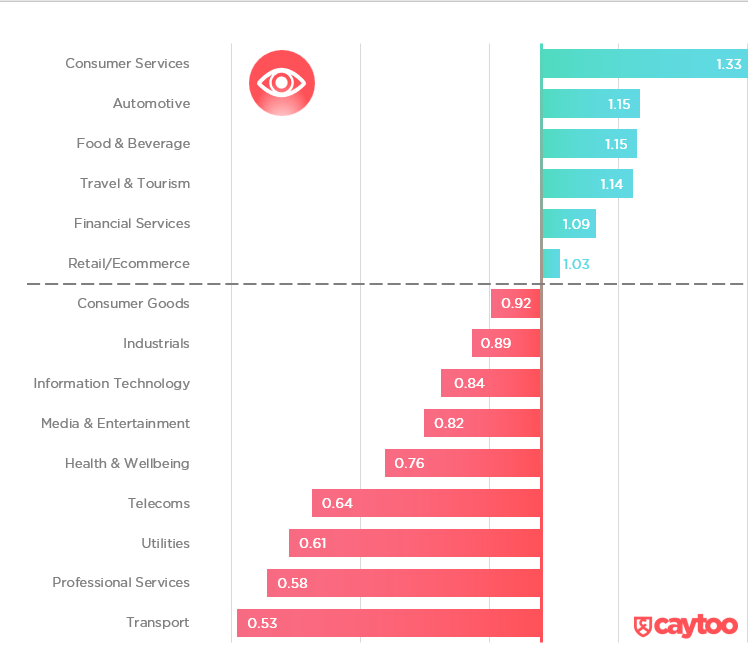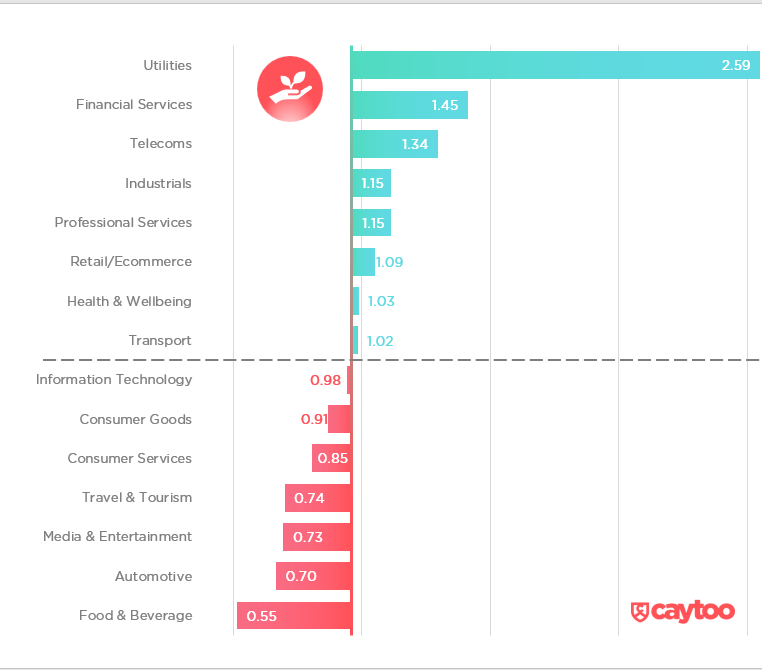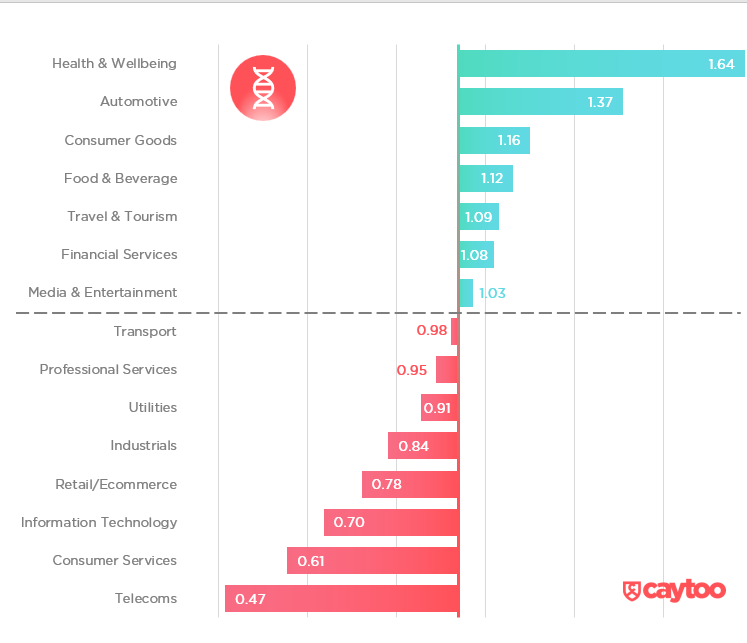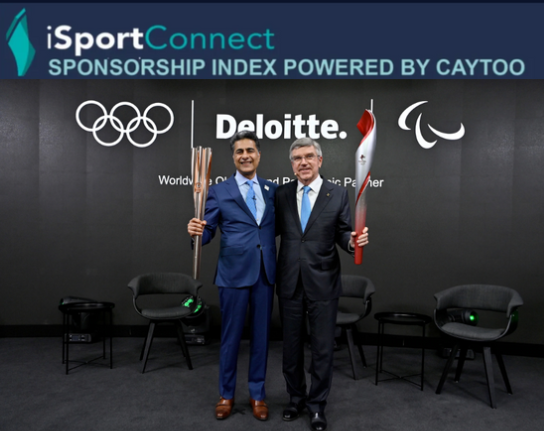Sponsorship Propensity Index: Sectors Rights Holder Should Target To Maximise Chances Of Success
November 13, 2023
When it comes to selling sponsorship, rights holders want to know which sectors they should prioritise to give themselves the greatest chance of success. In other words, where is the probability highest? caytoo’s latest Propensity Index does just this.
caytoo’s Propensity Index answers this question of probability for various factors such as what sport you’re in or what rights package you’re selling (such as on kit or naming rights) but for this issue we’ll focus on the key benefit you offer sponsors in terms of why brands say they undertake sponsorships.
In particular, we’ll look at the three most popular reasons why brands say they undertake sponsorships. This is based on our analysis of 2,730 deals around the world during the first 10 months of 2023.
1. Brand awareness: this is about brands doing sponsorship deals to generate or maintain awareness.
This accounted for 28.2% of all deals so any sector in which brand awareness accounts for more than 28.2% of deals over-indexes on this reason (i.e. a higher probability) and any sector below 28.2% under-indexes (a lower probability).
Top of the pile is Consumer Services with an index of 1.33 (brand awareness accounts for 37.4% of Consumer Services deals divided by the 28.2% average). In other words, rights holders promoting brand awareness are 1.33 times more likely to attract a Consumer Services sponsor than the average across all sectors, so this is the sector to prioritise.
This is primarily driven by gambling firms, who are 1.86x more likely to do deals based on brand awareness. This is because the sector is highly competitive with low product differentiation, so the focus of marketing is to maintain top of mind awareness among consumers. This is illustrated by the sector’s heavy use of TV advertising which is seen as the most effective tool to help maintain awareness.
This is a similar characteristic to the other sectors that over-index most on brand awareness – Automotive, Food & Beverage and Travel & Tourism – all highly competitive sectors who are major users of TV advertising.

2. Social Impact: this is about brands doing sponsorship deals because they want to be seen to be doing good.
Utilities over-index most on this reason by a huge margin, being 2.59x more likely to do a deal based on this versus the average (45.3% divided by 17.6%). This is driven by energy companies (2.66x more likely) who, being inextricably linked with the damage they cause to the environment, need to generate positive PR to offset this.
Financial Services (1.45x) is the next most likely sector for rights holders to fish in to maximise the chances of a deal if you’re pitching social impact-related sponsorships. This is driven by Insurance, Banks and Investment/Trading firms. In the case of Insurance firms, it tends to be around doing sponsorships to promote the benefits of good health and active lifestyles. For Banks, it’s more focused about helping certain communities around financial accessibility and literacy.
When it comes to Investment/Trading firms, the motive is similar to Energy firms in the need to improve public perception. In Investment/Trading’s case, it relates to the inherent risk and association the sector has with potentially losing people’s money. This has become increasingly prevalent due to the rise of online trading firms that promote a more short-term, and risky, view of accumulating wealth compared to the traditional longer-term, ‘safer’ method practised by wealth management firms.

3. Values Alignment: this is about brands choosing rights holders to showcase and promote desirable values or characteristics that both parties share.
Health & Wellbeing brands over-index most on this reason, being 1.64x more likely to do a deal based on this versus the average (22.5% divided by 13.7%), so this is the sector to primarily focus on if you’re pitching a deal based on the strength of your values. This is led by Health Services – such as private medical services and orthopaedics providers – due to the obvious links they share between playing sports and the associated health and wellness benefits.
The Automotive sector is the next most conducive to pitch around Values Alignment, with an index of 1.37. This is driven by Auto Components such as tyre and engine oil brands (mostly using motorsport) who play on the shared characteristics of performance and engineering. Probably, less obvious is how much Auto Retailers also play on aligning values between themselves and the rights holder. This is usually around the different stages of the car-buying process (e.g. being smooth, efficient) or what the rights holder is looking to achieve beyond the playing field (e.g. investing in the future).

If you’re interested in learning more about Propensity when it comes the other factors mentioned – such as what sport you’re in or what rights package you’re selling (e.g. on kit or naming rights) – contact info@caytoo.co.uk


